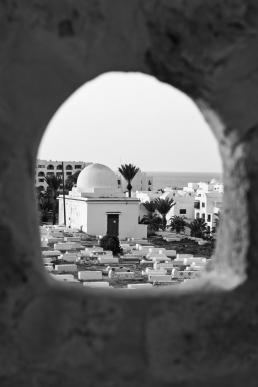I grew up in a simpler time. Every Thursday night, my father would bring my brother and I to the neighbourhood surau. We’ve been doing this since I was at least six, a little after I learned the rituals of prayers and was slowly starting to comprehend Arabic characters. Every Thursday evening, we would arrive a little before the Maghrib azan. From hereon would commence the longest night of every week. We would arrive around 7 pm and leave after 9.30pm.
Sandwiched in these hours would be the Maghrib prayer, the reading of the Yassin, the Isyak prayer and refreshments afterwards. Even today, two decades older, Thursday nights can still be the longest night of the week.
But this essay isn’t about malam Jumaat, the sacred start to the Islamic holy day. This is about the community built on the foundation of neighbourhood mosques and suraus, and folks like my father who attend these prayers in these spaces weekly without fail.

There is a lot that’s changed since I was six. When I was fifteen, my neighbourhood built a mosque right down the street, thrice the size of the surau that’s been around for over a decade. When I was seventeen, my neighbourhood stopped doing the takbir Raya – the post-Ramadhan communal home visits around the neighbourhood. When I was twenty and returned home one time from college, I attended malam Jumaat with my father, only to find a handful of my neighbours congregating.
What had happened to my neighbourhood? I am not shy to admit that I recognise my regular neighbours who go to the mosque to pray. They’re at least thrice my age, old stalwarts of the neighbourhood who’ve been here since the town was developed in the late 80s.
I lament the diminished ties of neighbourhood and community that I used to remember so vividly in my childhood. The neighbourhood surau was more than just a place to worship God. It was a community focal point where we’d get to know our neighbours and foster a sense of community. When you host a kenduri, tahlil or cukur jambul, these are the people you’d inform and invite to commemorate. When one of your households passes away, these are the people who would help you set affairs into order and perform the solat jenazah – at a time where it would be most difficult for you and the family.
Mosques and suraus used to be less about the centres of political movement, and more about celebrating community. Nowadays, with the proliferation of mosques and suraus everywhere, there is a crucial question that needs to be asked. That if the multitude of it, so many in one area, is what’s pulling the threads of the community apart? When one neighbourhood has two mosques within a 5km radius, where is the focal point? It isn’t unusual these days to hear of neighbours who patron different suraus based on their political leanings. Mosques and suraus have transformed into ideological pulpits; it’s become a space of division, no longer unity.
There is no denying that as urban migration increases over the years, we would require more mosques and suraus to be built to accommodate the swelling congregation for Friday prayers, Raya prayers and tarawikh during Ramadhan nights. This is rationalised as dealing with both urban density and traffic flow during these times. But as rapidly as these spaces fill up during these specific hours of the week and year, it would be hollowed out just as quickly during other times. Those who form the mass weekly and annual congregation are hardly part of the community the surau is built in. They are fleeting and only seek the space for utility. The mosque and surau’s purpose needs to transcend above that.
In the book State-led Modernization and the New Middle Class in Malaysia, sociologist Abdul Rahman Embong’s study highlighted the surau as a key institution in developing a healthy Malay community. Due to their roots, the Malays have an affinity towards establishing kampung-like characteristics, even in urban neighbourhoods. The surau sits at this epicentre, forming the basis for silaturahim (relationships). Among the indicators of a Malay community are: the presence of surau-based activities, the fostering of community relationships, practice and spirit of gotong-royong, and group-based religious education for children.
These are values that are quickly eroding as our modern desire for privacy mismatches with our pursuit of constructing more mosques and suraus purely for utility. More isn’t necessarily better, not when the heart of its intent is driven by objectives that don’t reflect the community it resides in or claims to serve. We cannot underestimate the mosque and surau as a fundamental social institution for the Malay community. Beyond a prayer space, it’s a cohesive force rooted in cultural history.
However, the surau, the place I so often attended in my youth, and the people in it – are no longer the same.